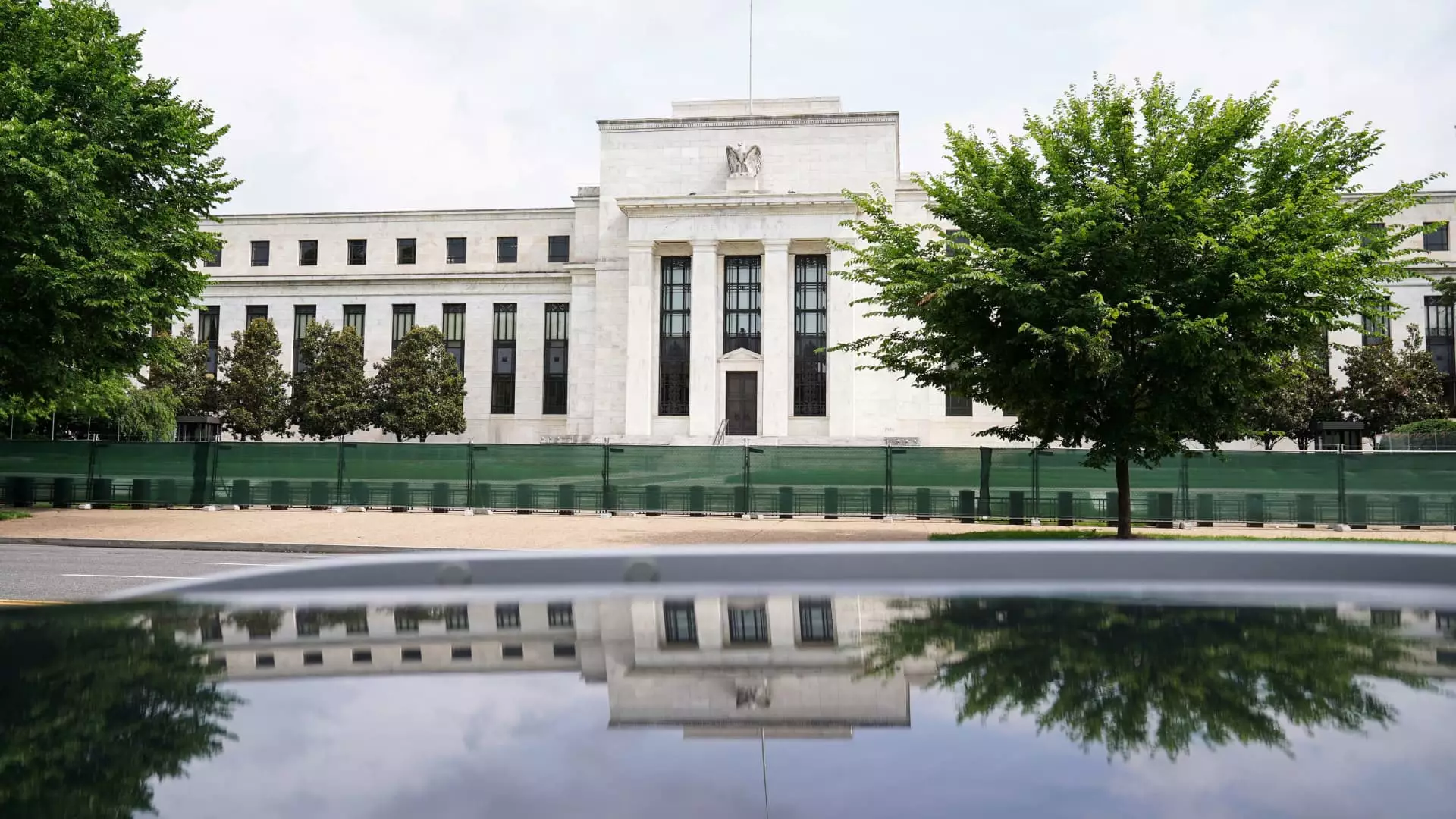The U.S. economy has faced a roller coaster of economic challenges in the wake of the COVID-19 pandemic, chiefly marked by soaring inflation rates that reached historic highs. As signs of cooling inflation emerge, the Federal Reserve is gearing up for a meeting that may result in the first interest rate cuts in years. While this development is promising for many Americans who have been burdened by high borrowing costs, the reality is more nuanced.
This anticipated action by the Federal Reserve is largely attributed to a notable decline in inflation figures. From a peak of 9% in mid-2022, the Consumer Price Index (CPI) has dropped to approximately 2.5%, indicating that the measures taken to combat inflation are starting to bear fruit. Economists, including Greg McBride from Bankrate.com, have communicated that while a quarter percentage point cut may be on the horizon, its immediate impact on consumers will be modest at best. This cautious optimism highlights the fact that while the Fed is poised to act, the pace and extent of relief for everyday Americans might not be as significant as hoped.
With the Federal Reserve’s actions influencing the broader economic landscape, the repercussions of rate cuts will touch various facets of consumer finance. Notably, most credit card interest rates are variable and directly tied to the Fed’s benchmark rate. After enduring a period of rate increases that pushed average credit card rates to around 20%, consumers can anticipate a gradual decline in these rates as the Fed enacts cuts. However, McBride warns that even with anticipated reductions, rates are unlikely to drop substantially given the high baseline from which they began.
For consumers struggling with credit card debt, the preferred strategy might not rely heavily on the Fed’s movements. Experts recommend pursuing balance transfer credit cards with 0% interest rates, allowing individuals to repay their debts more effectively. Such proactive financial behaviors will likely yield better results than waiting for the Fed’s actions to translate into meaningful reductions.
The potential decrease in interest rates will also affect the housing market, which has recently seen mortgage rates decline. Currently, the average 30-year fixed mortgage rate hovers around 6.3%, down from higher levels earlier in the year. Although lower mortgage rates may initially seem like a boon for prospective buyers, it is important to recognize that home prices remain elevated. Rather than being a categorical relief, this combination of falling rates and high prices may not significantly alter the affordability of home purchases.
Jacob Channel from LendingTree emphasizes that a singular rate cut will likely not transform the competitive nature of the real estate market. Many potential homeowners may still find themselves facing prohibitive prices regardless of interest rate movement.
As the Fed prepares to lower rates, it is crucial to consider the broader economic context. For various consumer loans, such as auto loans, the current environment has generally resulted in higher rates. Even with the Fed’s intervention, many consumers will continue facing challenges when making significant purchases. The average rate for a five-year new car loan, for instance, remains around 7.7%. McBride astutely notes that a quarter-point reduction will have minimal impact on a larger financing decision, painting a somewhat bleak picture for those in the market for new vehicles.
Meanwhile, federal student loans generally feature fixed rates unaffected by the central bank’s actions, meaning that students might not experience immediate benefits from rate cuts. Private loans, which may have variable rates, could see some relief; however, with significant stipulations and the risk of converting federal loans into private ones, borrowers should proceed with caution.
With majority market predictions indicating that the Fed is likely to begin rate cuts, consumers should be aware that these adjustments may not yield the immediate financial salvation many are hoping for. McBride highlights that to effectively navigate these new conditions, individuals should focus on improving their financial standings through potential measures like bettering their credit scores rather than solely relying on cuts in borrowing rates.
In the realm of savings accounts, while the decrease in deposit rates linked to Fed actions could present challenges, it is essential to evaluate returns concerning inflation. Higher interest rates over recent years have allowed significant yields on savings accounts to thrive, but as these rates taper, consumers must ensure their savings strategies adapt accordingly.
While impending cuts to Federal Reserve interest rates may signal relief for Americans grappling with high financial burdens, the benefits will likely be gradual and limited in scope. Experts suggest adopting proactive financial strategies and being discerning about market conditions, as transient relief from a quarter-point cut may not suffice in the face of broader economic challenges. Instead, a focused approach on improving one’s financial health coupled with progressive adjustments to changing economic parameters might prove to be the most prudent course of action.

